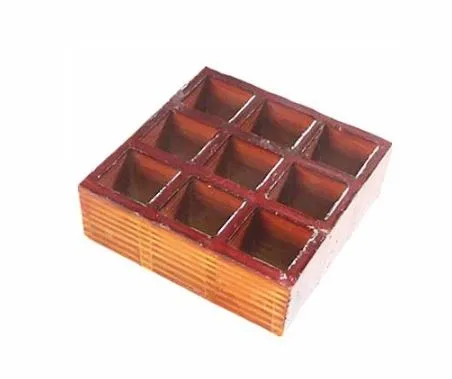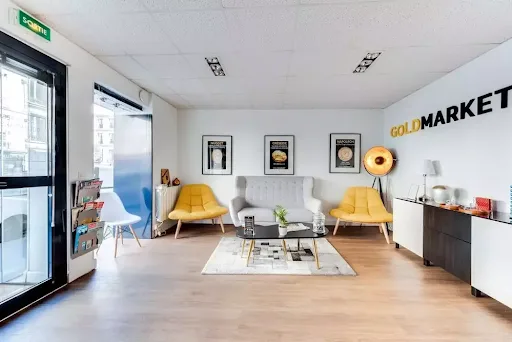Questions to Ask Before Choosing Hinged Wardrobes for Your Bedroom
A wardrobe should feel like it belongs in your room from the start. However, off-the-shelf models rarely do. They leave gaps, fight with awkward corners, or fall short when it comes to providing enough storage. With doors that open fully and interiors tailored to your clothing, custom hinged wardrobes remain a favourite. But before settling on a design, it’s helpful to ask the right questions early when consulting with a wardrobe installer to bring your vision to life.
How much clearance do the doors need
When doors swing out into a room, they can collide with the bed or block a walkway if the gap is too tight. A quick tape-measure check from the wardrobe face to the nearest obstacle will tell you what you’re working with. In most bedrooms, leaving roughly 80 centimetres makes opening comfortable. Some designers even sketch the arc of each door on the floor plan so you can see exactly how the movement plays out before anything is built. This step prevents frustration later and ensures the design feels practical in daily use.
Can hinged wardrobes work in smaller rooms
Yes! The easiest way is to opt for narrower doors and low-set drawers, so you’re not juggling door panels at shoulder height. In very tight rooms, wardrobe designers sometimes stagger the interior using shallower shelving on one side and full-depth hanging on the other, so the unit fits without crowding the walkway. Built-in mirrors on the outside of hinged doors can also make smaller rooms feel more spacious while saving wall space that might otherwise hold a mirror.
Do you want the doors to influence the room
Wardrobes often dominate a wall, which makes their proportions highly important. Tall doors can draw the eye upward and ease the heaviness of a low ceiling, while shorter sections break up the expanse so a wide run doesn’t overwhelm the room. The finish plays a big role too. Matte doors create a subtle, understated look, while glossy ones reflect light and add brightness to darker bedrooms. By choosing the right scale and finish from the start, you ensure that the wardrobe complements the architecture rather than fighting against it.
What materials will last
Every finish behaves differently. Gloss panels highlight fingerprints and are suitable for rooms where regular cleaning is acceptable. Light veneers bring warmth but can mark more easily, while painted timber offers colour choice but may need retouching after a few years. For a low-maintenance option, many people opt for laminate, as it resists scuffs and wipes clean easily. Consider how much traffic your bedroom sees and how much time you realistically want to spend on upkeep. Durable hinges and quality handles matter just as much as surface finishes because they’re the parts you’ll touch every day.
Can you see an example first
A drawing or 3D render doesn’t tell you how a wardrobe feels when you open it. Ask to see a physical sample of the finish, hinges, or even a showroom model. Door weight, gloss levels, and shelf height are far easier to decide on when you can see and touch them directly. Some installers also provide sample boards with colour swatches, handle options, and edge profiles so you can compare them against your bedroom’s paint or flooring.
How long will the installation take
Standard hinged wardrobes are typically fitted within a single day, but larger builds or uneven walls may require additional time. It’s worth checking with your installer about how much preparation the room requires and whether access points will impact the schedule. If you live in an apartment or townhouse, installers may need to account for stairways, parking, or restricted delivery windows. Clear answers here let you plan without surprises and ensure everything is ready before the first panel is brought in.
What maintenance will be needed
Most finishes only require a quick wipe with the right cleaner, and doors remain solid with occasional checks on their hinges. While painted surfaces may need a light touch-up after a few years, there are no requirements that interrupt everyday use. If hinges ever loosen, they can often be tightened in minutes with a screwdriver. Soft-close hinges, increasingly common in hinged wardrobes, also extend longevity by preventing doors from being slammed. Asking the installer about a care routine at the start will make it easier for you to keep the wardrobe looking fresh in the long term.
Final check before choosing hinged wardrobes
Picture a normal week in your room. Do the doors open without blocking the bed? Is there enough depth for coats and jackets? Will the finishes withstand daily use? Once you’ve checked installation, materials, and maintenance with your installer, the design should feel complete from the moment it’s fitted. Hinged wardrobes work best when those choices are clear before a single panel is built.
FAQs About Hinged Wardrobes
Are hinged wardrobes better than sliding wardrobes?
Hinged wardrobes allow full access to the interior, making it easier to see and reach items. Sliding wardrobes save space in tight rooms but can limit visibility to one side at a time.
How can I maximise storage inside hinged wardrobes?
Custom features such as pull-out shoe racks, jewellery trays, tie or belt holders, laundry hampers, and built-in LED lighting make the interior more functional and organised.
Do hinged wardrobes suit modern interiors?
Yes. With sleek finishes, minimal handles, and clean lines, hinged wardrobes fit seamlessly into both classic and contemporary bedroom designs. Designers can tailor the look to suit almost any aesthetic.
What size room works best for hinged wardrobes?
While they suit larger bedrooms comfortably, hinged wardrobes also adapt well to smaller rooms. Narrow doors, mirrored finishes, and customised interiors make them highly versatile.





